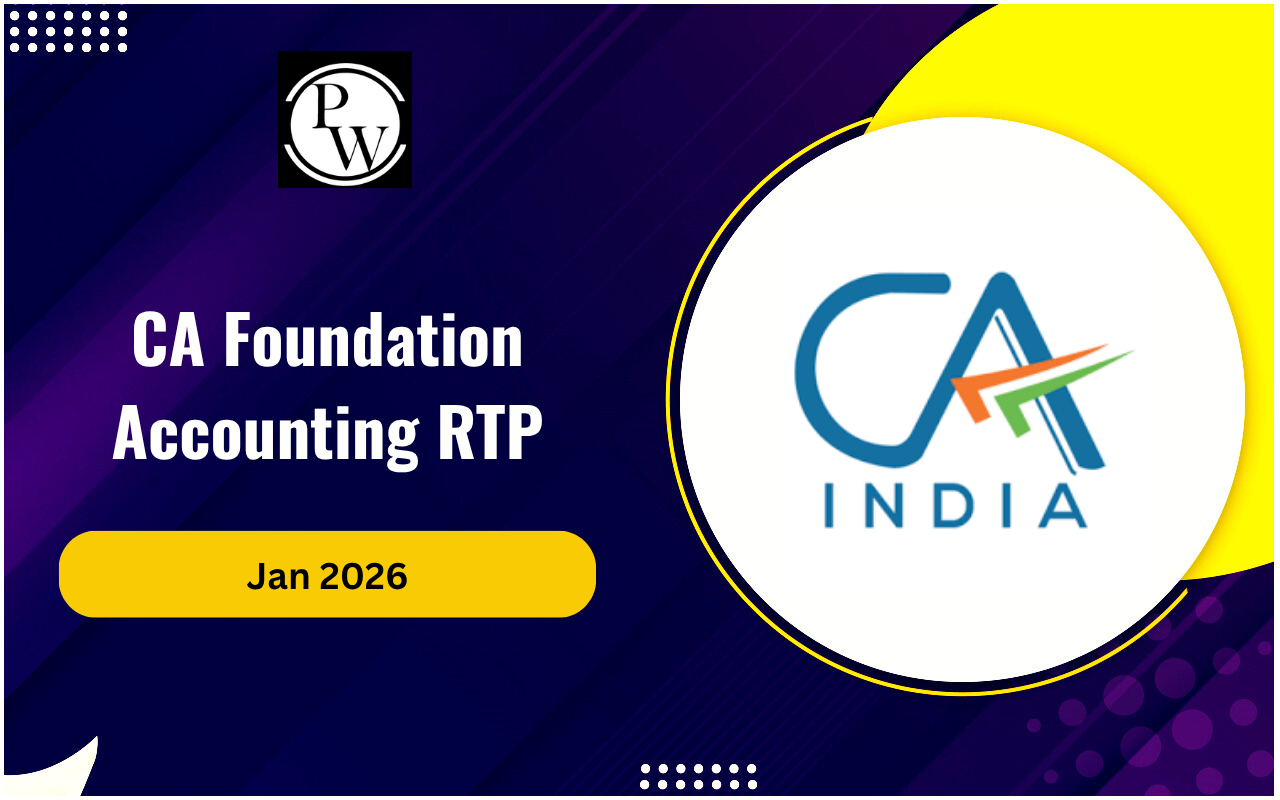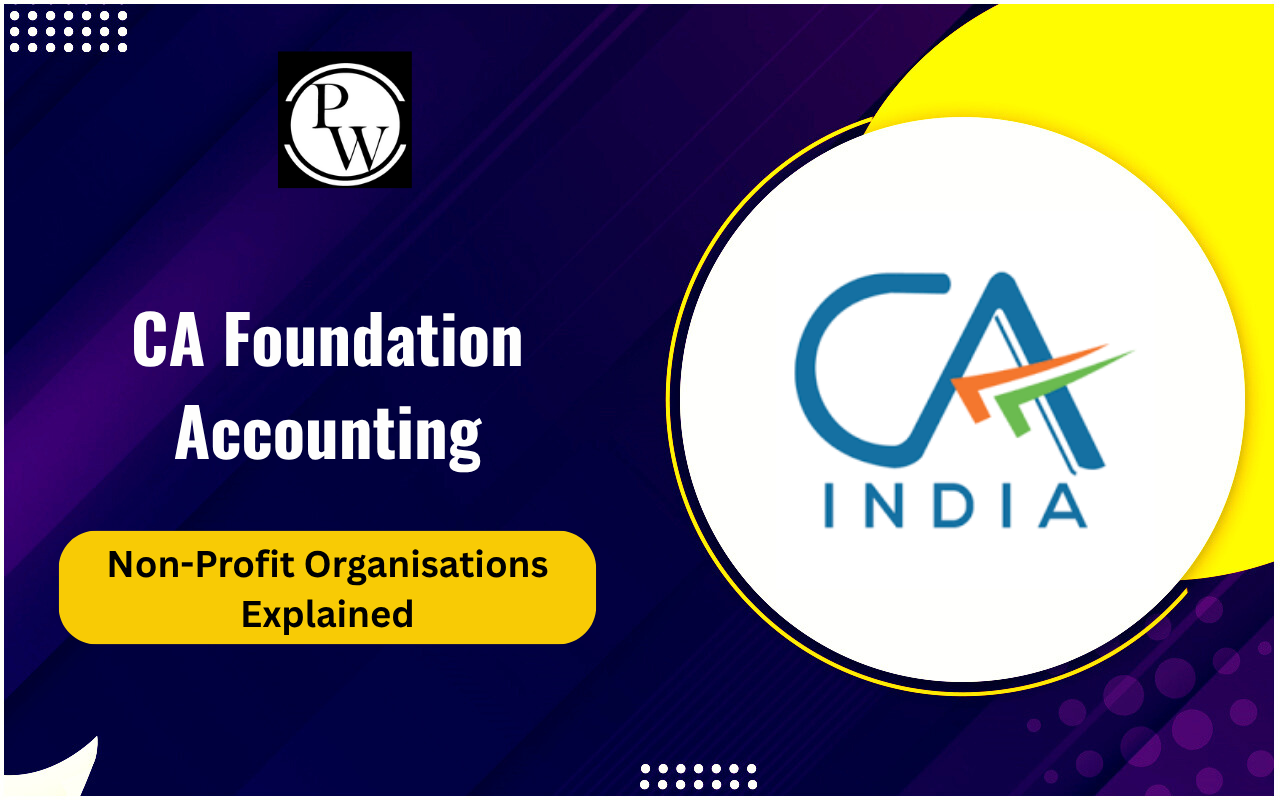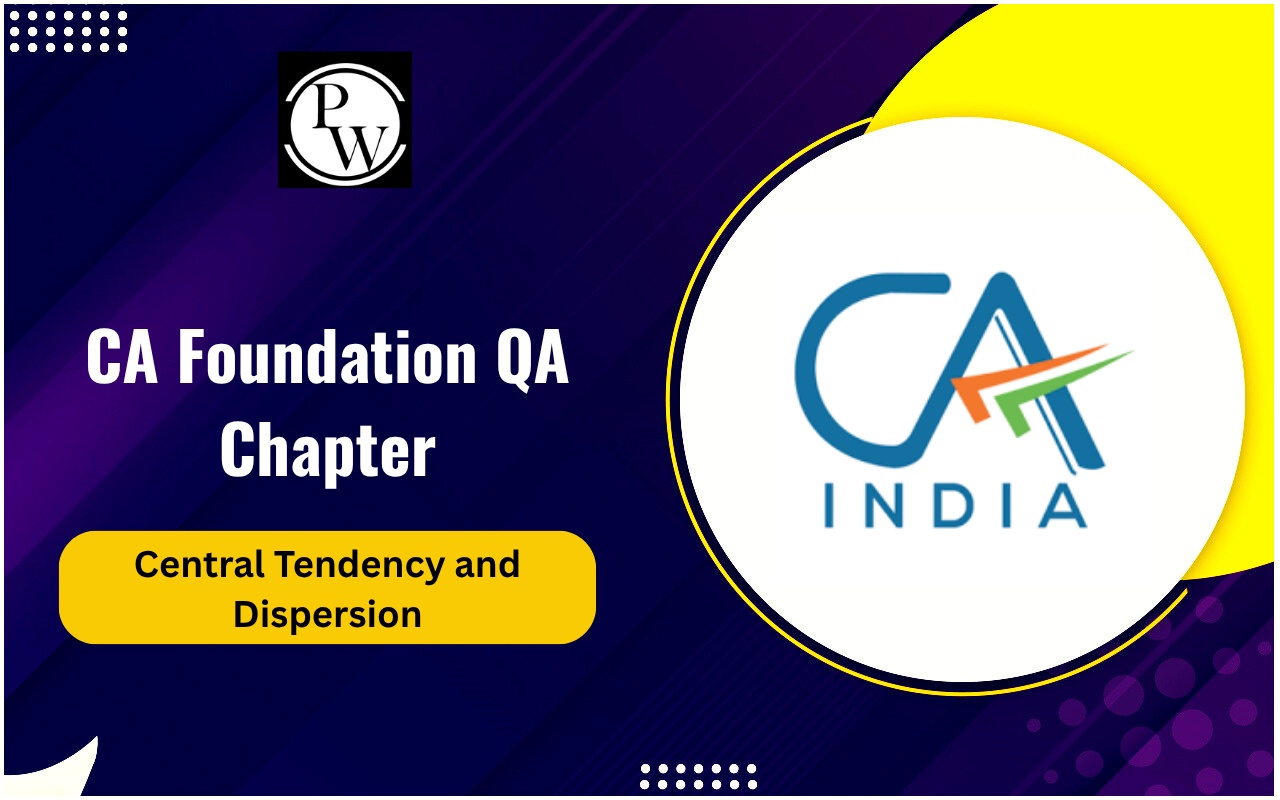

For every aspiring Chartered Accountant, mastering Material Cost is essential. It plays a significant role in cost accounting and directly impacts a company’s profitability. Whether you’re preparing for your CA Exams or aiming to build a strong foundation in cost management, understanding Material Cost is crucial.
What is Material Cost?
In simple terms, Material Cost refers to the expenses incurred in acquiring raw materials necessary for production. It includes the purchase price, transportation, handling charges, and any additional costs required to bring materials into a usable condition.
For CA students, understanding Material Cost is vital because it forms the basis of cost accounting and financial decision-making. A company that efficiently controls its Material Cost can significantly improve its profitability and reduce wastage.
Types of Material Cost
Understanding the different types of Material Cost is essential for accurate financial planning. These costs are categorized into direct and indirect materials, each impacting business expenses differently.
Direct Material Cost
Direct Material Cost includes expenses related to raw materials that can be directly traced to the production of a specific product. For example, in automobile manufacturing, steel used to build car frames is a direct Material Cost. Since these costs are directly attributable to a particular product, they play a vital role in determining the unit cost of production.
Indirect Material Cost
Indirect Material Cost refers to the cost of materials that are not directly linked to the production process but still contribute to the overall operation. These include lubricants, adhesives, and cleaning supplies used in the manufacturing process. Though these materials are necessary, they do not form part of the finished product directly and are often categorized under overhead costs.
Also Check: Incorporation of Company and Matters Incidental Thereto
Factors Affecting Material Cost
Several factors influence Material Cost, including market dynamics, raw material quality, and logistical expenses. Managing these factors effectively can help businesses reduce unnecessary costs and improve profitability.
Supply and Demand Dynamics
The market forces of supply and demand significantly impact Material Cost. If the demand for raw materials exceeds supply, prices rise, leading to higher Material Cost for manufacturers. Conversely, a surplus in supply can lead to lower costs, benefiting businesses.
Quality of Raw Materials
The quality of raw materials also influences Material Cost. High-quality materials often come at a premium price, increasing the overall cost of production. However, using inferior-quality materials might reduce initial costs but can lead to higher expenses due to defects, rework, or customer dissatisfaction.
Transportation and Logistics
Transportation and logistics costs contribute to Material Cost, especially for businesses that rely on imported raw materials. Delays, fuel prices, and shipping tariffs can lead to cost fluctuations, impacting profitability.
Methods for Controlling Material Cost
To stay competitive, businesses must implement cost-control strategies. Effective supplier negotiations, inventory management, and cost variance analysis can significantly help in managing Material Cost efficiently.
Effective Supplier Negotiation
Negotiating favorable terms with suppliers can significantly reduce Material Cost. Businesses should establish long-term contracts, seek bulk purchase discounts, and explore multiple supplier options to obtain the best pricing.
Efficient Inventory Management
Proper inventory management helps minimize waste and avoid unnecessary stockpiling, which can lead to increased Material Cost. Techniques like Just-In-Time (JIT) inventory ensure that raw materials are ordered only when needed, reducing storage and holding costs.
Cost Variance Analysis
Conducting regular cost variance analysis allows businesses to identify discrepancies between estimated and actual Material Cost. This helps in making necessary adjustments to procurement strategies and budgeting.
Role of Material Cost in Financial Decision-Making
Understanding Material Cost helps businesses make strategic financial decisions related to pricing, budgeting, and profitability. Proper cost analysis ensures financial stability and business growth.
Pricing Strategy
Businesses set their pricing strategies based on Material Cost. If the cost of raw materials increases, companies may need to adjust product prices to maintain profit margins. Understanding Material Cost helps in setting competitive yet profitable prices.
Profitability Analysis
Monitoring Material Cost is essential for assessing a company's profitability. If costs are not controlled, profit margins shrink, affecting overall financial health. Analyzing Material Cost helps businesses in making informed decisions to improve financial performance.
Budgeting and Forecasting
Accurate budgeting and forecasting require a thorough understanding of Material Cost trends. Businesses must predict fluctuations and account for them in their financial plans to avoid unexpected losses.
Mastering the concept of Material Cost is essential for CA students and professionals alike. It influences production, pricing, and profitability, making it a key area of study in cost accounting. By understanding the different types, factors, and control mechanisms, businesses can optimize Material Cost and improve their financial health.
For aspiring Chartered Accountants, a solid grasp of Material Cost is crucial for excelling in cost accounting and financial management. To boost your CA preparation, enroll in PW CA Courses, where guidance and structured learning can help you prepare for the CA Exam!
| Also Check: | |
| Strategic Management | Amalgamation of Companies |
| Correlation and Regression | Probability |
| Market Failure | Statistics |
Material Cost FAQs
What is Material Cost in accounting?
How does Material Cost impact profitability?
What is the difference between direct and indirect Material Cost?
How can businesses reduce Material Cost?













